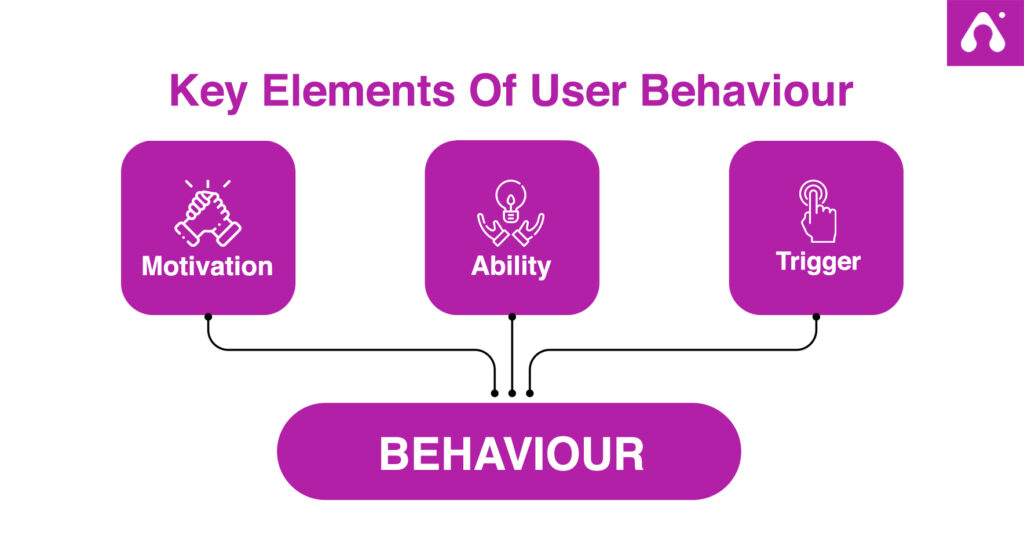Create more engaging Apps using the Hooked Model.
 Amrit
Amrit
Everyone dreams of creating a groundbreaking app that keeps the users engaged thoroughly. So, how do you do it? Understanding the basics of human psychology related to habits can help you make an app that forces your users to return for more. Behavioral economist Nir Eyal created the Hook model framework. Using this framework can help create successful habit-forming products. The model consists of four steps:
Trigger: Triggers prompt users to take action. These can be internal, like emotions or thoughts, or external, like notifications or recommendations. Facilitating external triggers can gradually lead to internal triggers, fostering an emotional connection between the user and the app.
Action: After the trigger comes the intended action. Ensuring that users are motivated and able to perform the action is crucial. Incorporating features that work well even with slow internet speeds and ensuring lightweight app design can enhance user engagement.
Variable Rewards: Rewarding users with surprises or variable rewards can significantly boost engagement. These rewards create happiness and satisfaction, encouraging users to spend more time on the app.
Investment: Once hooked, users begin investing in the app by engaging with features like tagging, commenting, or sharing. Developers can increase user engagement by making the app experience rewarding and worthy of investment.
Examples of apps that effectively utilize the Hook model framework include Instagram and Facebook. In conclusion, starting with a clear goal, keeping app design simple, and leveraging the Hook model can lead to creating a successful and engaging app.
It must be compelling and habitual if you want users to visit your app daily. As an app owner, focus on offering something unique rather than just solving problems. Start with a simple goal and introduce something different that users may not expect.
Keep the first version of your app simple. Focus on delivering value to your audience and gather insights for future improvements. Simplicity doesn’t mean minimal features; it means creating a user-friendly experience that easily guides users through critical goals.
A persuasive onboarding process is crucial for making an excellent first impression. It’s like the staircase to success for your app. Here are some mobile app onboarding best practices:
Keep the signup/login process simple, avoiding too many fields.
Highlight benefits over features to attract users.
Keep the onboarding process short and straightforward.
Provide brief tutorials to simplify app usage.
Subscribe to my newsletter
Read articles from Amrit directly inside your inbox. Subscribe to the newsletter, and don't miss out.
Written by
